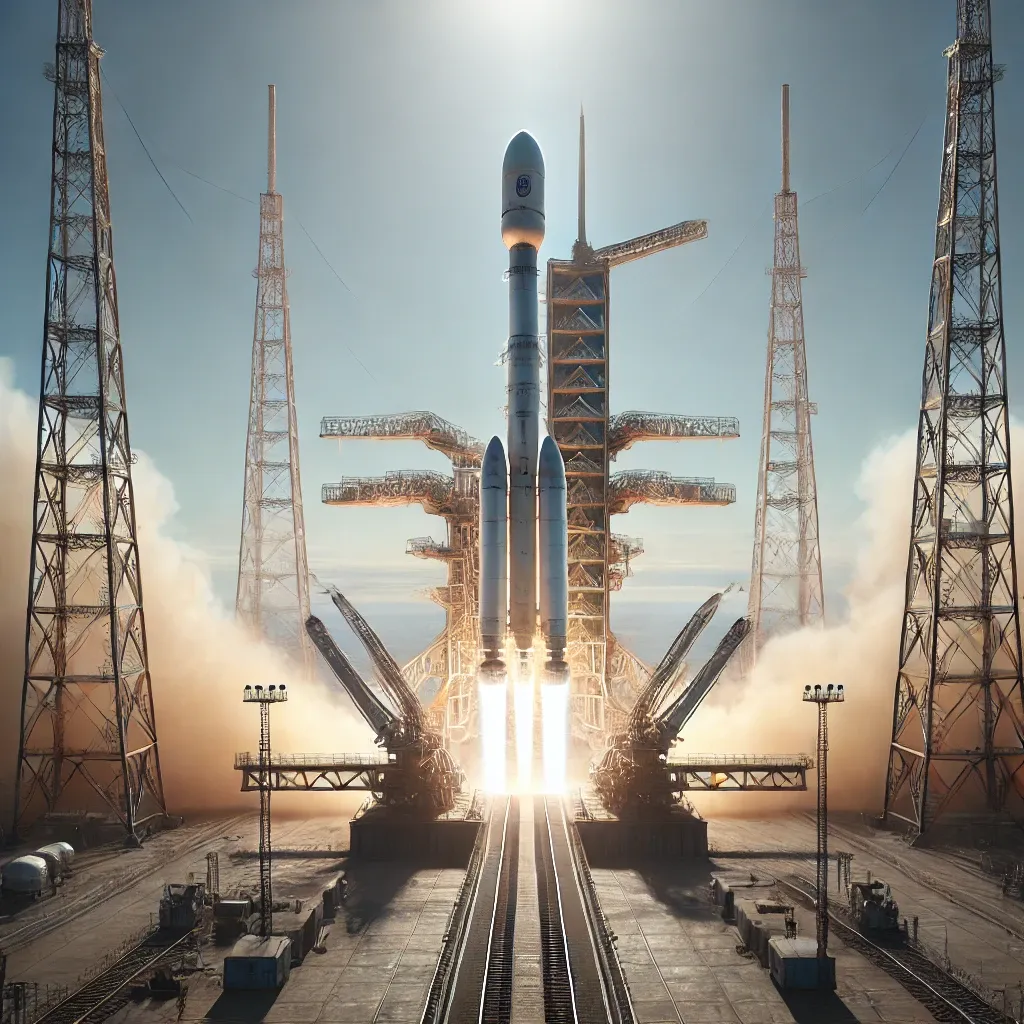Ever wondered how a rocket launch unfolds with precision? From the intricate design of launch pads to live streams that capture every second, rocket launches are a feat of engineering and coordination. Curious to learn how everything synchronizes perfectly for liftoff?
Rocket Launch Pad Design
Rocket launch pads are more than just platforms—they are the starting point of groundbreaking missions. Designed to withstand extreme forces and temperatures, they incorporate features that protect both the rocket and the surrounding environment. Pads are meticulously engineered to reduce vibrations and control the exhaust gases generated during ignition.The structure itself consists of multiple elements, including flame trenches to deflect exhaust, water deluge systems to minimize acoustic energy, and fueling systems tailored to the type of rocket. Launch pads like those at Cape Canaveral and Kennedy Space Center in Florida are iconic, supporting NASA and SpaceX missions, among others.
- Key features include:
- Flame trenches: Channels designed to redirect the hot gases away from the rocket.
- Water deluge systems: Spray water across the pad to reduce acoustic energy and prevent fire hazards.
- Service towers: Provide access for pre-launch inspections and fueling operations.
- Quick-disconnect systems: Separate fueling lines automatically during liftoff.
- Lightning protection systems: Minimize the risk of strikes during stormy weather.
Every aspect of a launch pad aims to ensure the rocket’s safety, withstanding the immense forces of takeoff. Precision in design leads to seamless launches that inspire awe and mark human achievements.
Rocket Launch Sequence
The launch sequence is a symphony of engineering and coordination. From the moment the countdown begins, each step builds toward the climactic ignition. These steps are programmed to occur in rapid succession, ensuring no room for error.This sequence involves detailed checks, such as engine startup, system diagnostics, and fuel loading. The process requires the collaboration of multiple teams monitoring systems in real-time, ensuring everything is optimal for launch.
- Typical launch sequence stages include:
- T-minus 45 minutes: Fueling of the rocket begins with cryogenic liquids.
- T-minus 15 minutes: Final system checks are conducted by mission control.
- T-minus 10 minutes: Ground crew evacuates the area around the launch pad.
- T-minus 5 minutes: Computers take full control of the sequence.
- T-minus 1 minute: Ignition systems are primed, and the rocket stands by for liftoff.
Once the countdown reaches zero, the engines ignite, propelling the rocket off the ground. The precision required for these stages ensures successful launches that make space exploration possible.
Rocket Launch Live Streaming
Watching rocket launches live has become a global phenomenon. Platforms such as SpaceX’s official YouTube channel or NASA TV bring the excitement of space exploration to audiences everywhere. Live streams are now an integral part of modern launches, creating immersive experiences for space enthusiasts.High-quality streams with multiple camera angles provide viewers with close-up shots of ignition, separation, and the moment a rocket enters orbit. Streaming services ensure that fans worldwide can participate in real-time, sharing the anticipation and triumph of each mission.
- The benefits of live streaming rocket launches include:
- Accessibility: Anyone can witness the event regardless of location.
- Engagement: Real-time updates keep viewers informed of every stage.
- Educational value: Insights from experts enhance understanding.
- Historical documentation: Moments are captured for posterity.
- Interactive platforms: Viewers can chat and engage with space agencies and other enthusiasts.
These live broadcasts turn rocket launches into shared events, uniting people through the excitement of exploration.
Conclusion
Rocket launches embody the perfect synergy between engineering, precision, and global engagement. From the intricacies of launch pad design to the split-second perfection of the launch sequence, every aspect is crafted for success. Live streaming ensures that these awe-inspiring moments are accessible to the world, transforming space exploration into a shared human experience.As Carl Sagan once said, “Somewhere, something incredible is waiting to be known.” Rocket launches embody that pursuit of the unknown, demonstrating the incredible power of human ingenuity and collaboration.






